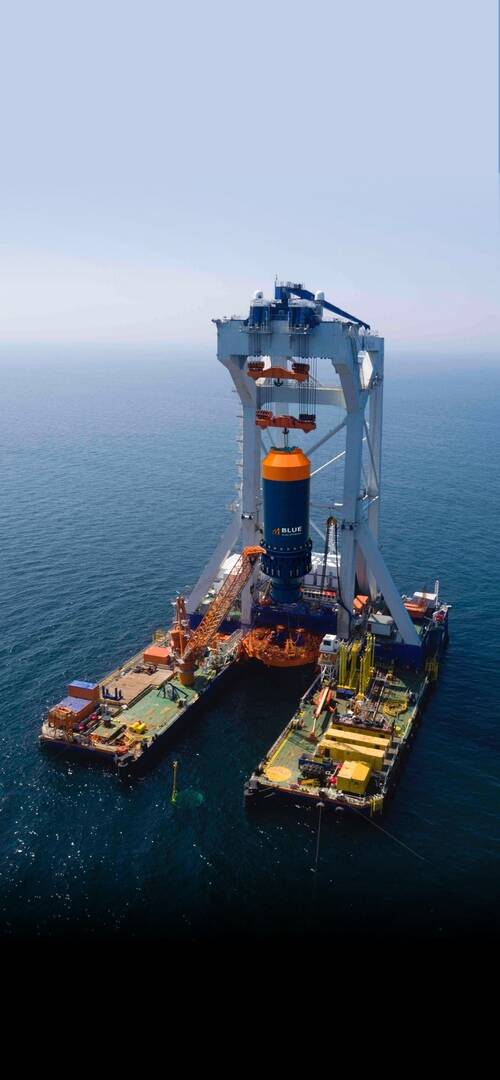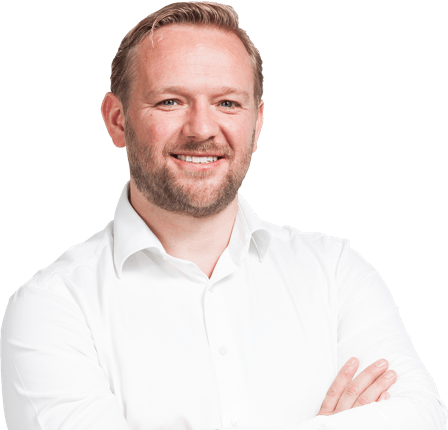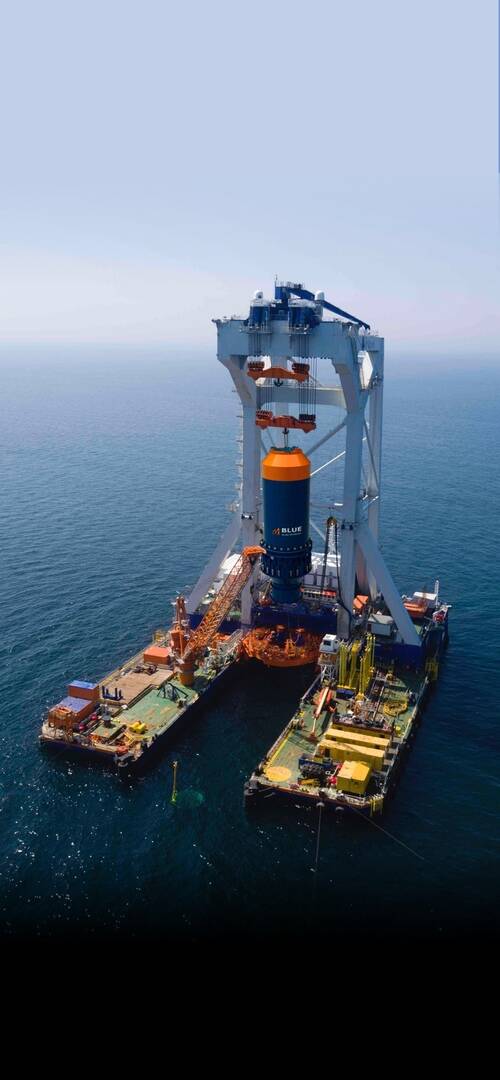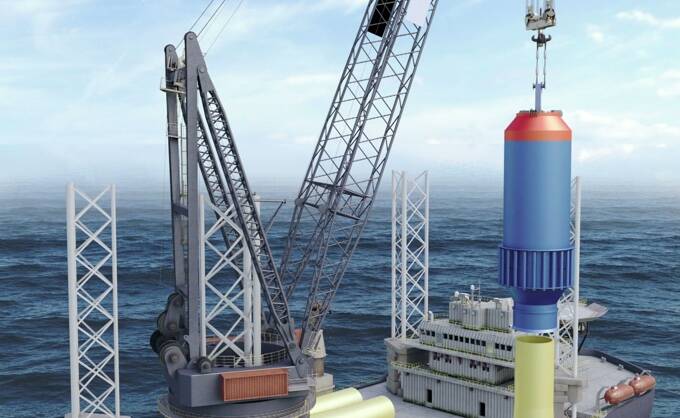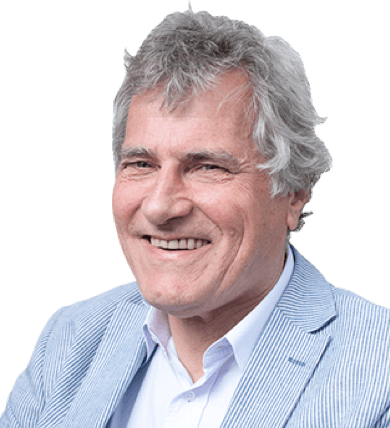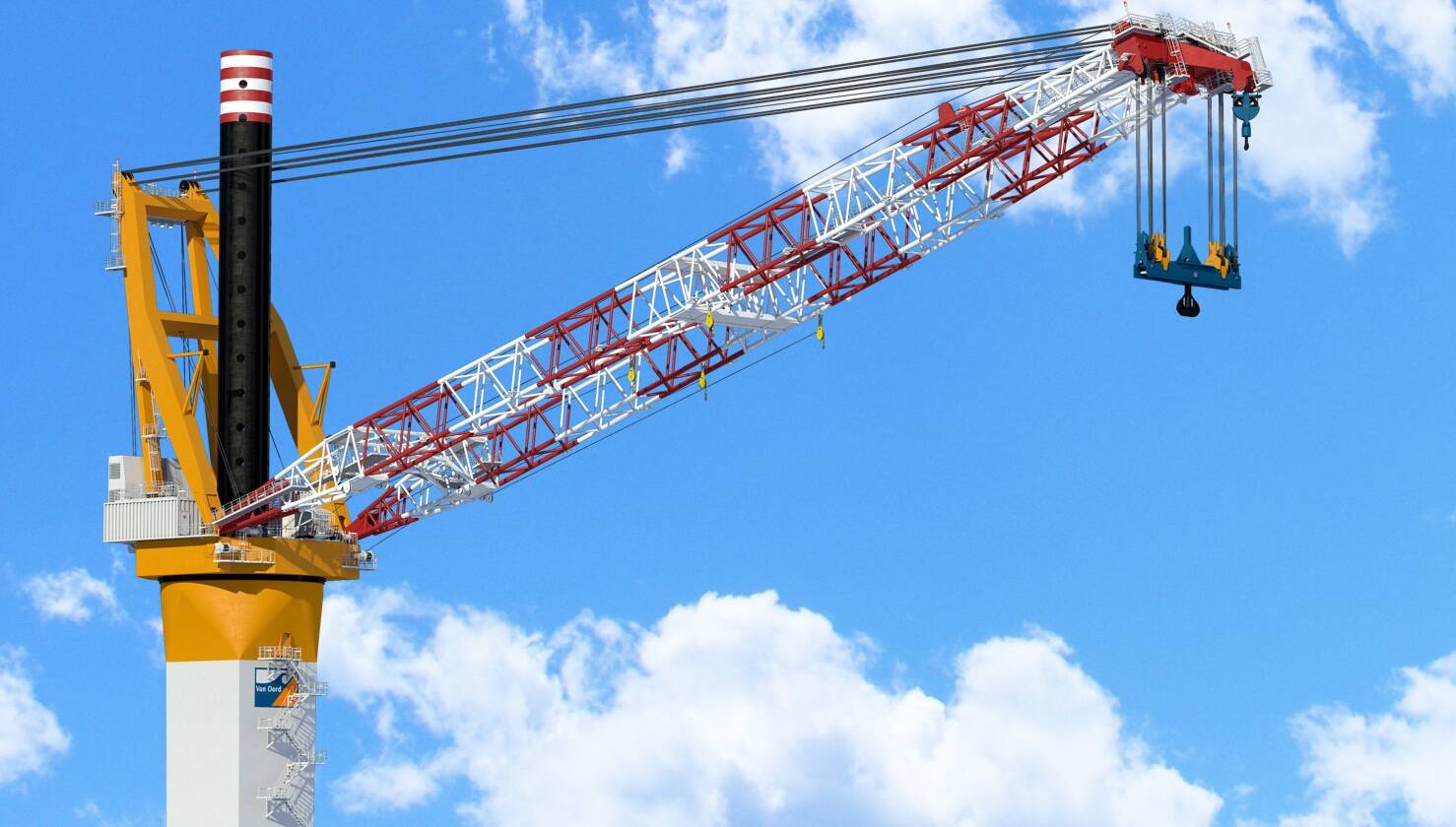



In the rapidly maturing market of the offshore wind industry, it’s essential to stay ahead of the competition and keep offering clients the very best value. How can we anticipate the market without a crystal ball to predict the future? By upgrading equipment and by sponsoring the development of new, revolutionary ideas, Van Oord is leading the way in offshore wind.








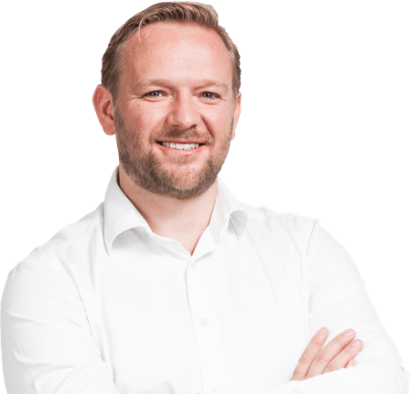
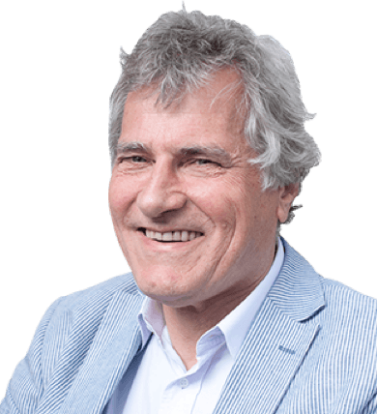
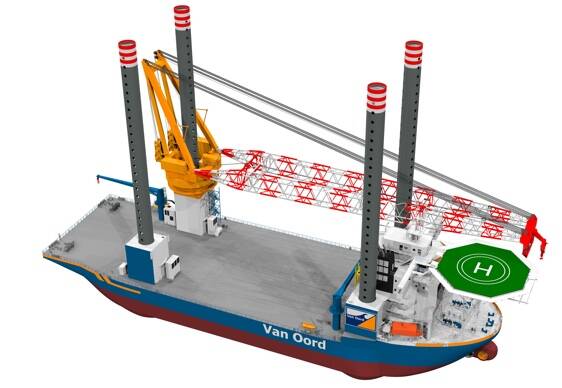
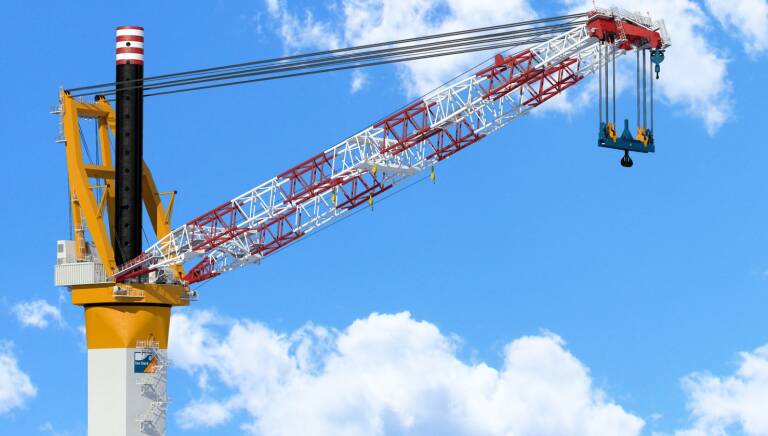
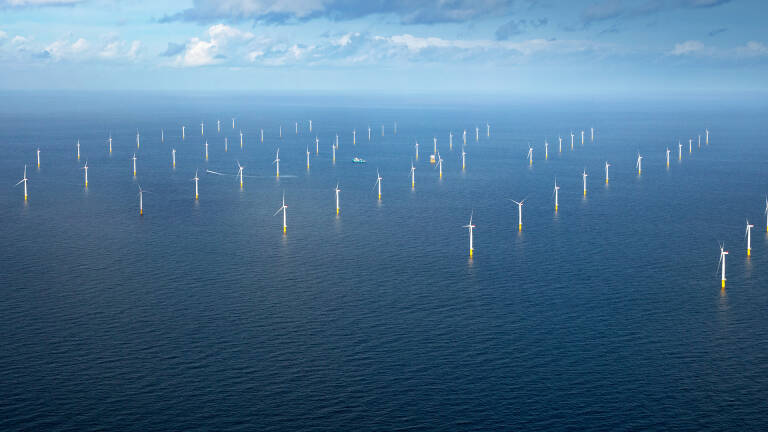
Jasper Winkes
Director of Fistuca
One of the many initiatives Van Oord is supporting is the development of a new, quieter pile-driving technique known as BLUE Piling Technology. The developer is Fistuca and the new technique has the support of several partners in the industry.
BLUE Piling Technology utilises a large water column instead of the steel ram used by conventional hammers. A combustion strikes the first blow and drives a column of water upwards. The water then falls back on the pile under the force of gravity and delivers a second blow. This cycle is repeated until the pile reaches the desired depth. Jasper Winkes, Director of Fistuca: ‘Dutch research institute TNO measured underwater noise levels during previous trials. We found that very low noise levels can be achieved with this new hammer. Given the conditions under which we measured, we expect to exceed noise reductions of 20 decibel on the SEL values, which is a measure for underwater noise, when compared to conventional hydraulic hammers.’
The next step in the development process will be an offshore test with the assistance of Van Oord’s heavy lift vessel Svanen.
Besides investing in state-of-the-art equipment, Van Oord sponsors innovations and start-ups that come up with creative ideas for speeding up the installation cycle or that help minimise the impact on marine wildlife during installation.
Supporting new technology
Joop Roodenburg
CEO of Huisman
The new crane is being built by Huisman. Joop Roodenburg, CEO of Huisman: ‘We invest continuously in new and innovative designs to give clients a competitive edge with high-quality solutions and services that are consistently best in class and on the cutting edge of technology. The leg encircling crane currently under construction for the Aeolus is a good example.
What makes this crane special is the ratio between its lifting capacity and the crane’s own weight. In other words: it can lift almost twice as much as the Aeolus’ existing crane, but it weighs only a fraction more. This will allow the vessel to successfully install the increasingly bigger,heavier wind turbines and foundations required by the future offshore wind market.’
The Aeolus will be fit for duty in 2018 and will then have the biggest heavy-lift crane in its class.
To ensure that offshore installation vessel Aeolus remains competitive in a market that’s changing rapidly, Van Oord decided to upgrade this already top-class vessel. The investment involves replacing its 900-tonne crane with one capable of lifting 1,600 tonnes. Other major modifications include the hull of the vessel.
Aeolus getting in shape
Arnoud Kuis, Managing Director at Van Oord Offshore Wind: ‘Thanks to our experienced employees, high-end equipment and past investments, we managed to cut back on the installation time for monopiles, and that’s reduced costs. Van Oord is now able to construct offshore wind farms two to three times faster than in the early days. We anticipate that wind turbines and their foundations will be even bigger and heavier in the future, but where will the growth in capacity and the increasing weight end? Nobody knows. For the near future, we expect to be handling 9 to 12 megawatt turbines and monopile foundations weighing 1,200 to 1,400 tonnes.
Offshore installation vessel Aeolus and heavy-lift installation vessel Svanen must be able to handle the latest generation of foundations, which sometime have diameters of up to 10 metres. That’s why we invest in our equipment. The Svanen has been modified this year and successfully showcased its optimised capabilities on the Walney Extension and Arkona wind farms. The Aeolus will soon be ready for heavy-duty lifting once its 900-tonne crane is replaced by a 1,600-tonne version.
We’re also investing in innovative techniques and new methods. We have teamed up on several innovation projects in the development stage, for instance addressing noise mitigation. All this will help us retain our leading role in the offshore wind market.’
A couple of years ago, no one could have predicted today’s dramatic drop in the cost of offshore wind energy. Experts generally expected costs to decline gradually. But now, Germany will have the first zero subsidy wind farm in 2024. A combination of factors involving turbine manufacturers, financial institutes and contractors such as Van Oord has led to the lower cost price.
In the rapidly maturing market of the offshore wind industry, it’s essential to stay ahead of the competition and keep offering clients the very best value. How can we anticipate the market without a crystal ball to predict the future? By upgrading equipment and by sponsoring the development of new, revolutionary ideas, Van Oord is leading the way in offshore wind.
